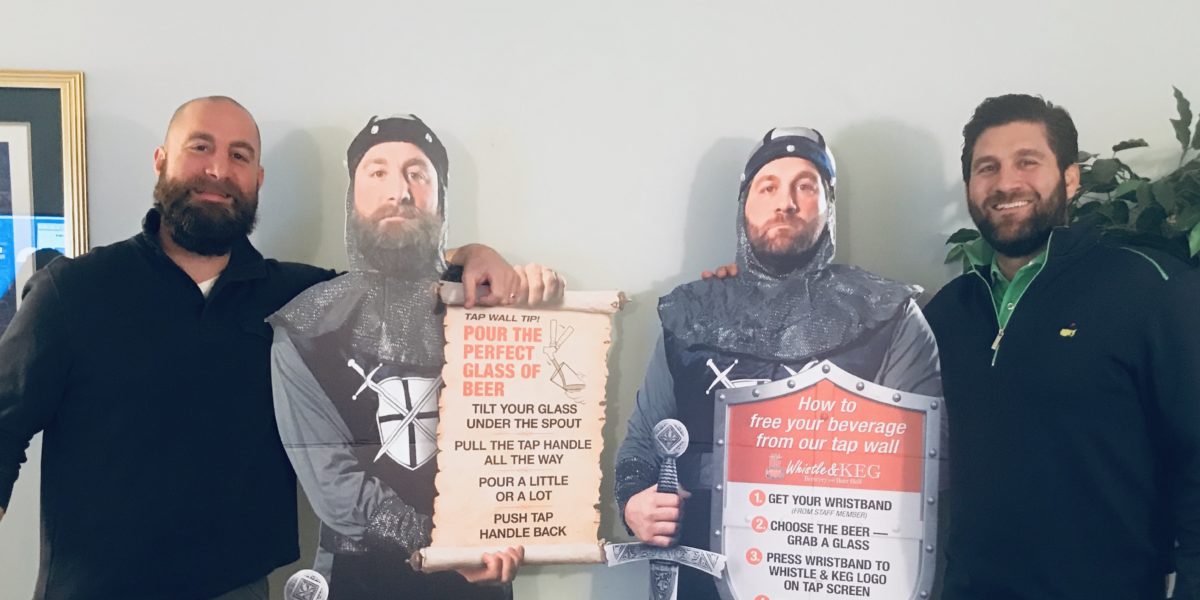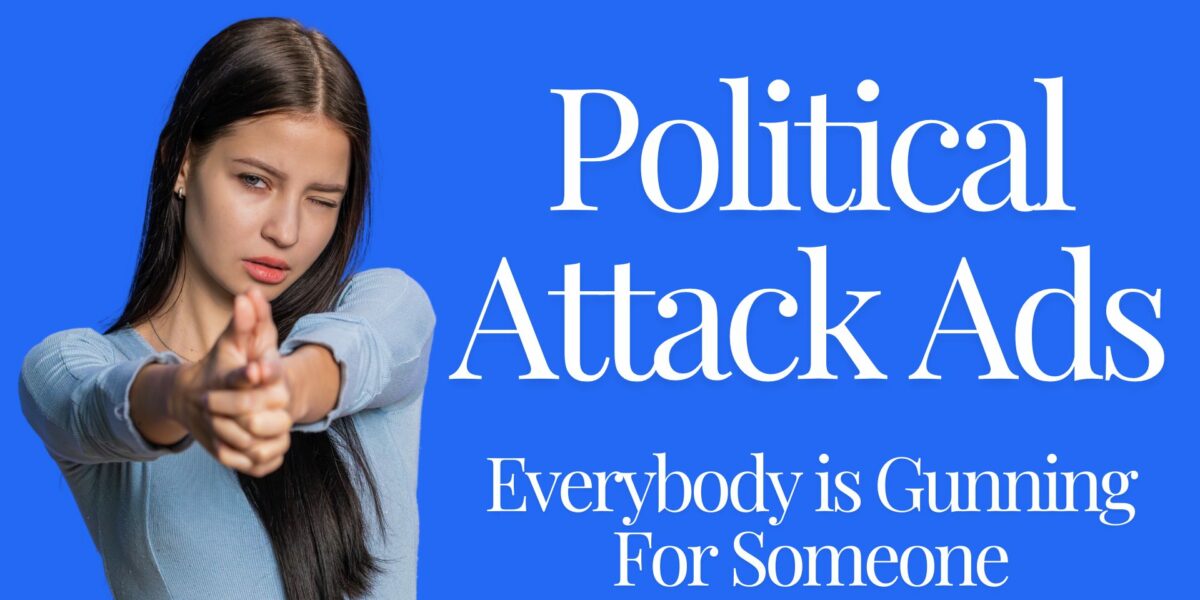I first read Selling The Invisible, a best-selling book by marketing consultant Harry Beckwith, 20 years ago. His book illuminated the difference between selling a product and selling a service. Selling a service can be more of a challenge because you are selling the invisible.
The book has become a marketing classic and it’s still on my bookshelf. I’ve used it as a guide when consulting for companies and corporations that sell services such as banking, insurance and real estate.
But as my firm began consulting for non-profits and public service agencies, we realized their services were not just invisible, they were “Double Invisible.”
Why Double Invisible? Because the people who use the invisible services from non-profits and public service agencies may not be paying for them — or don’t pay full price. And the people who are funding or supporting the invisible services rarely use them.
It’s a real challenge but you can succeed with the right strategy. I suggest you divide and conquer by focusing your messages on three groups:
Group A is the User (The user of the service)
The user must know the services are available and know how to get access to them. Like any consumer, they must be shown the benefits of using your service. You need to remove barriers to service, treat the customers right and get feedback on a regular basis. If there are not enough Users, the need for the service will not be obvious, the funding will go away. So you must market to Users.
Group B is the Funder
Funders are Donors and/or taxpayers who provide the operating money — often through some local, state or federal body. Funders must see the need for the service and they need to see are communicating to the Users and doing a good job serving their needs. They need to see an efficient use of budgets and a results generated by the funding. So you must market to Funders also.
Group C is the Supporter
Supporters may or may not be funders. They can be other non-profits or agencies. Supporters can be community leaders such as politicians or clergy or civic groups. Or they can be social media influencers. Like funders, they must see the need for your service. They can speak up for you, urge funders to support you, rally volunteers and help spread your message. They can sponsor specific campaigns. So, of course, you must market to Supporters as well.
You might assume that campaigns targeting Users should be easy because they are getting a service they need. But this group may be hard to find. And it can difficult to find the media that reaches this group effectively and consistently. If they are lower income, they have less access to media and are often working. Again, use the same consumer marketing guidelines you would use for other consumers — make the message stand out, the benefit clear, connect and call them to act.
Final Thoughts
Campaigns targeting Funders and Supporters, need to focus on providing value to the community. For example, the majority of public transit users are usually going to work or going shopping. Both boost the local economy. So, gather testimonials, report statistics and results.
At some point, marketing to Funders and Supporters may need to go in to “hyperdrive” — like when you need to pass a tax levy or a sales tax issue. We’ve run dozens such campaigns, and while exhausting, it’s very gratifying when you win and the issue or levy passes.
The services non-profits provide may be invisible, but the need and impact they make in your community is easy to see.













Comment